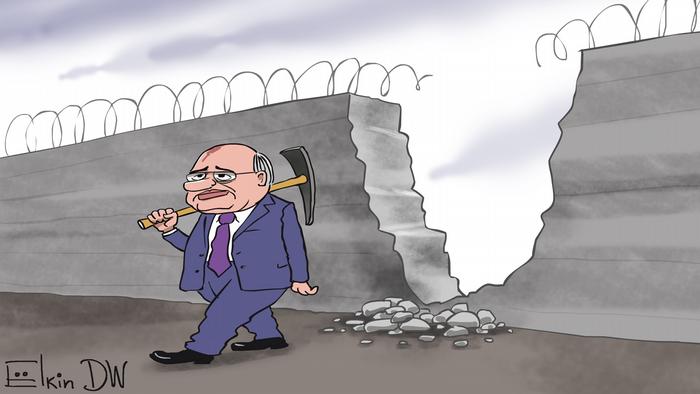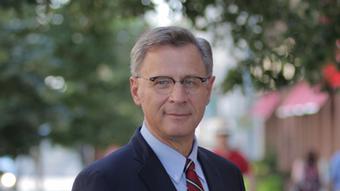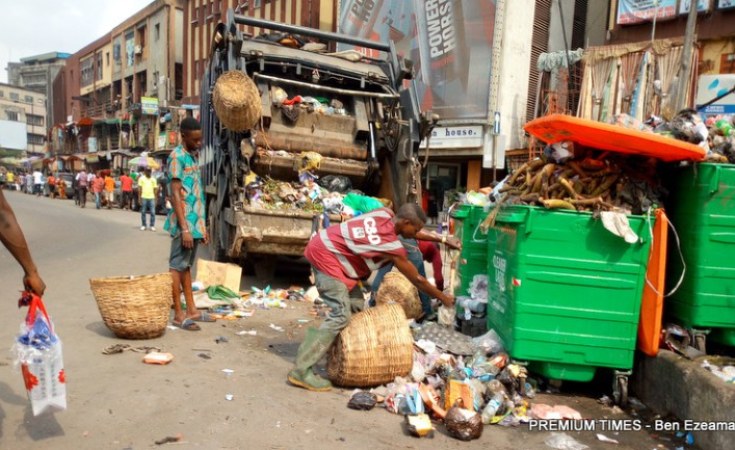Sri Lankan president deepens social attacks in interim cost-cutting budget
On Tuesday, Sri Lankan President Ranil Wickremesinghe, who is also the finance minister, presented parliament with an interim budget to cover the rest of the year.
The budget, which heaps even greater burdens on the already suffering working people, will cut government expenditure, impose more taxes and speed up the privatisation of state-owned enterprises (SOE) in line with International Monetary Fund (IMF) demands.
Government negotiations with the IMF delegation, which concluded this week in Colombo, had “successfully reached the final stage,” Wickremesinghe said, indicating that even more savage social attacks are being prepared.
Amid the popular anger over the unbearable cost of living, Wickremesinghe contemptuously proposed a cosmetic increase in welfare allowances for the poor, a measure that will do nothing to alleviate their plight.
The interim budget includes:
* An additional 3 percent increase in the value added tax (VAT), lifting it from 12 to 15 percent on all goods and services, effective this week. This comes on top of an increase from 8 to 12 percent in VAT and other tariffs announced on May 31. In August, the government increased electricity charges by about 75 percent, with water tariffs rising by 127 percent for 2 million families this month.
* Restructure of SOEs will be stepped up, beginning with Air Lanka, the Ceylon Electricity Board and the Ceylon Petroleum Corporation. On Monday it was announced that 49 percent of Air Lanka ground-handling and catering will be privatised, with 50 other SOEs targeted for future “restructuring.”
* Twenty percent of shares in state banks will be distributed among depositors and bank employees as a first step in the privatisation of these banks.
* The private sector will also be brought into the country’s railways, long-targeted for privatisation by Colombo.
* In line with the planned destruction of hundreds of thousands of public sector jobs, the retirement age of employees in government and semi government institutions was reduced to 60 years, down from 65 and 62 years, respectively. Those who have already reached the new retirement age must leave at the end of this year.
Wickremesinghe’s so-called concessions to the poor consist of a miniscule lift in monthly Samurdhi payments ranging from 5,000 rupees ($US14) to 7,500 rupees. The pitiful welfare payments are currently received by 1.7 million families. Around 726,000 families already on the Samurdhi waiting list will be temporarily paid 5,000 rupees per month.
Allowances for the elderly, disabled, kidney patients and pregnant mothers were also slightly increased from 5,000 rupees to 7,500 rupees. About 61,000 low-income families will receive a monthly allowance of 10,000 rupees for four months.
These rises will add little to the existing meagre allowances which have been drastically eroded by skyrocketing inflation, officially reported to be 64 percent and food inflation 94 percent in August.
Wickremesinghe proposed to write off 688 million rupees in defaulted farmers’ loans to the banks. This will not alleviate the difficult economic problems confronting farmers who still have to pay interest to the banks and have faced massive increases in the cost of fuel, fertilizers and agricultural inputs over the past five months.
He told parliament that the 2021 budget deficit was 12.2 percent of the GDP but that this would be reduced to 9.9 percent this year, 6.8 percent in 2023 and zero in 2025. These figures point the unprecedented and brutal character of the government social assault on the public sector and the masses.
Addressing a Colombo seminar yesterday, Central Bank Governor Nandalal Weerasinghe praised the president and the finance ministry secretary. The interim budget, he said, was “farsighted,” adding, “in order to come out of this crisis, we have to go through this painful process.” This “painful process,” of course, will not be endured by the rich, but only by workers and the poor, who are being made to pay for the deep crisis of Sri Lankan capitalism.
“[O]ur aspiration is to establish a solid economic foundation by the year 2026,” Wickremesinghe declared. His projection to place the economy on a “solid economic foundation,” mitigating the crisis by 2026, is a sheer fantasy.
Sri Lanka’s economic collapse is the sharpest expression of the global capitalist crisis, set off by the COVID-19 pandemic and intensified this year by the US-NATO proxy war in Ukraine, that is now impacting on the major imperialist centres and backward countries alike.
Wickremesinghe told the parliament that the economic miracle he proposed would only occur, “if we work together in unity with common consent.” He called on MPs to join an all-party government because “this unprecedented situation is the responsibility of us all.”
The devastating conditions facing millions of Sri Lankans were not created by the working class or the urban and rural poor but are the direct responsibility of Sri Lanka’s ruling elite and its capitalist parties.
Acutely aware that masses will resist the planned social attacks, Wickremesinghe’s appeal for an all-party government is to mobilise Colombo’s entire political establishment to suppress the mass opposition.
The opposition parliamentary parties have not accepted the all-party government invitation from the widely despised Wickremesinghe, not because they disagree with the IMF’s demands, but because they fear he will not be able to suppress the mass resistance.
Wickremesinghe continues to mobilise state forces in an attempt to intimidate ongoing mass struggles.
Yesterday, the government unleashed the police to arrest 28 people attending a student demonstration called by the Inter-University Student Federation. The students were demanding the release of three student leaders detained by police last week under anti-terror laws. The three activists were arrested during a student protest against the government repression, attacks on free education and worsening living conditions.
This week the IMF negotiating team met in Colombo with opposition Samagi Jana Balavegaya (SJB) leader Sajith Premadasa and his allies. Far from disagreeing with the IMF’s austerity plan, Premadasa was demanding from the beginning of last year that the former Rajapakse government seek IMF assistance. The SJB is now campaigning for an election, hoping to come to power and implement the IMF program.
Following Wickremesinghe’s budget speech, Janatha Vimukthi Peramuna (JVP)-led National People’s Power (NPP) parliamentarian Professor Harini Amarasuriya declared that the economic crisis could only be solved by a “stable government.”
Like the SJB, the JVP/NPP is demanding a general election and a new capitalist government to impose the IMF’s measures. Other parliamentary opposition parties, including the Sri Lanka Freedom Party and the Tamil National Alliance, fundamentally agree, insisting that the only solution is drastic austerity.
The main props of the Wickremesinghe regime and Sri Lankan capitalism are the trade unions, who over the previous four months diverted the mass opposition of millions of workers into one-day general strikes in April and May and politically backed the parliamentary opposition. They support the SJB and JVP calls for the interim capitalist government and oppose any independent mobilisation of the working class against the Wickremesinghe regime.
Working-class resistance, however, is developing. Last week petroleum, state engineering corporation, government press, and health sector workers began taking industrial action. Fishermen held protests in opposition to oil price hikes, while students held repeated demonstrations in defiance of brutal police measures.
In order to defend social and democratic rights, the working class should take matters into its own hands. We call on workers to form action committees, independent of trade unions and all capitalist parties, in every workplace, plantation and neighbourhood. Workers need to rally the support of rural poor who are facing similar attacks. The rural masses also need to build their action committees to take up this struggle.
To counter the government’s IMF austerity measures and end the social attacks, the Socialist Equality Party (SEP) calls for workers to take control of the production and distribution of the essentials of life. This can be done by repudiating all foreign debts and nationalising the banks, large companies and plantations under workers’ democratic control. There must be guaranteed full employment for all with wages increased in line with the cost of living, and all facilities and subsidies urgently provided to small farmers and rural poor.
The government’s manoeuvres for all-party government and the opposition parties’ call for general election are designed to trap masses within the dead-end framework of parliament. Against these reactionary moves, the SEP has initiated a campaign for a Democratic and Socialist Congress of Workers and Rural Masses for the defence of all social and democratic rights.
This congress, which will be based on democratically elected delegates from action committees, must develop the fight for socialist policies to address the pressing needs of the masses and take forward struggle for a workers’ and peasants’ government in alliance with the international working class.



